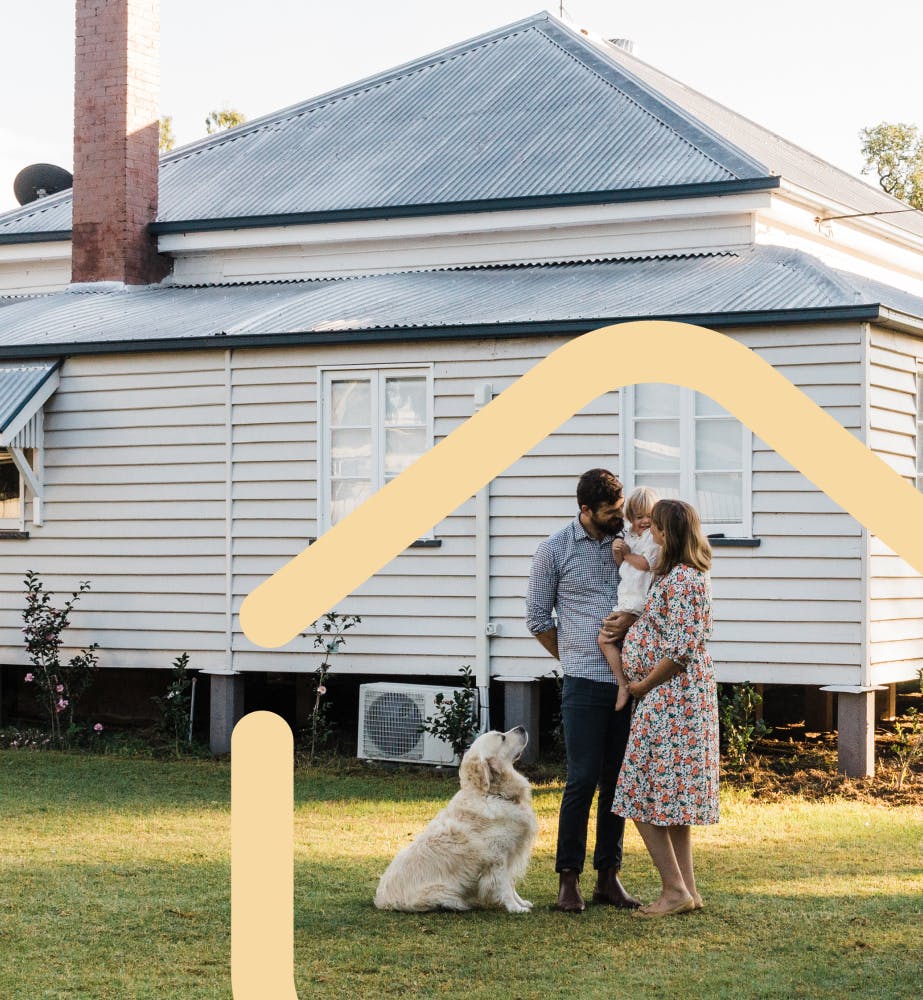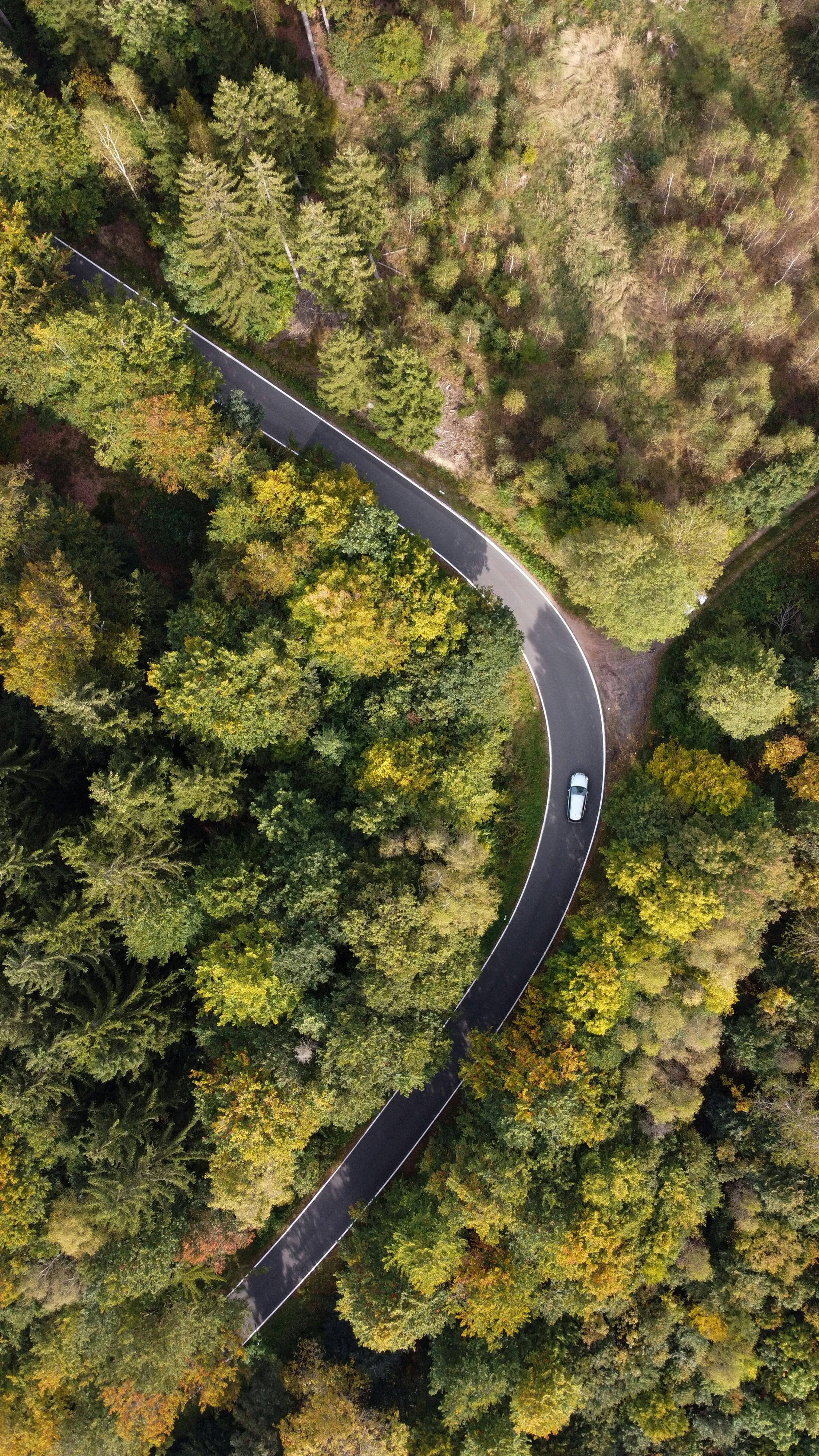Creating “healthy” buildings will improve occupants’ wellbeing and will change the face of the building and construction industry in Australia.
With 90% of our time spent indoors, buildings can have a significant impact on our health and wellbeing. The arrival of the WELL Building Standard® in Australia is helping to catalyse a movement to ensure these impacts are positive. The WELL rating has triggered a significant shift in the Australian property market in the last months. Various stakeholders, from building product manufacturers to property developers and managers, are taking an active interest in WELL and its requirements. Now is an exciting time to stay ahead of this new rating system and identify opportunities arising from it.
WELL is moving the focus of the building rating tool world from an environmental and building focus to a human health focus. This new approach involves new requirements for property sector stakeholders. It also offers exciting opportunities to demonstrate leadership in a rapidly developing area. Whether it is to attract the best employees, get an advantage over competitors or show conviction on such an important issue, becoming ‘WELL-ready’ is a top priority for many organisations.
What is WELL?
The WELL rating is a performance-based system for measuring, certifying and monitoring features of the built environment that impact human health and wellbeing. It aims to prevent chronic diseases by improving the nutrition, fitness, mood, sleep patterns and performance of its occupants.
It’s organised into seven ‘concepts’ of wellness including more than 102 ‘features’. These can be performance-based standards (e.g. VOC reduction) or prescriptive standards that require specific technologies, design strategies or protocols (e.g. a smoking ban).
WELL can be applied to three types of commercial and institutional projects:
- New and existing buildings – suitable for an owner occupier
- New and existing interiors – suitable for a tenant occupying a portion of a building
- Core and shell – suitable for owners and landlords
Pilot programs are available for retail, residential, education, restaurant and commercial kitchen projects.
More than 250 projects in 22 countries are already registered for a WELL rating (see map of registered projects). 20 of these are registered in Australia, by companies such as Mirvac (200 George Street, Sydney; pictured above and below), Dexus (480 Queen Street, Brisbane) and Grocon (20 Brougham Street, Geelong).
Where does WELL fit in with other sustainability rating tools?
- The WELL rating system is administered by the Green Business Certification Inc. (GBCI) who certify Leadership in Energy and Environmental Design (LEED).
- WELL’s administrative organisations recently partnered with the Green Star rating system. Consequently, similarities exist with both LEED and Green Star.
- WELL is designed to complement other sustainability rating tools. As an example, the overlap of certification requirements with Green Star is estimated at 25%–30%.
WELL for building product manufacturers: how healthy is your product?
WELL supports the use of building materials and products that reduce air pollutants, improve water quality, comfort, light, etc.
Building products manufacturers can gain a competitive advantage by helping developers satisfy specific WELL requirements. This can be achieved by:
- Providing evidence aligned with WELL feature requirements
- Developing additional testing to fill the gaps between existing environmental assessments and health-focused needs
WELL for property developers and managers: be WELL ready, from building to strategy
WELL certification indicates leadership in a fast-growing area. It can be a differentiator that attracts top-tier tenants to innovative buildings. The certification provides a recognised framework to measure the health and wellbeing of occupants, as well as a powerful communication tool. The competition for being the first WELL-certified building in Australia is a good example of the strong interest in this new rating tool.
WELL applies to both base building and tenancy, by means of separate certification types. However, certifications are closely connected. WELL Core & Shell Certification can be a pathway to WELL-ready workplaces for tenants wishing to get a WELL Certification.
Integrating WELL in the company activities can be done at different levels:
- Auditing each building will reveal alignment, gaps and cost-effective opportunities for WELL certification at buildings-level
- A gap analysis against the Environmental Management Plan will help incorporate WELL requirements in company processes
- Integrating WELL initiatives in a project bid will maximise satisfaction of requirements in an early stage of a project
- Embedding WELL in the company procurement strategy will help satisfy WELL requirements in tenders and contracts with suppliers
- Sustainability strategy and reporting will help emphasise WELL alignments and values
WELL for tenants: attract best employees and be fully sustainable
Leasing a WELL-certified office shows a company has a strong focus on wellbeing, but it can also reduce costs. Rent and operation account for less than 10% of expenditure, but 90% is related to personnel cost (e.g. salaries). By offering healthier work and living spaces, a company can attract the best employees and keep them, while improving productivity and performance. A Medibank Private survey found that Australian employees with poor health behaviours have up to nine times the annual sickness absence of healthy individuals (18 days compared to two days per year).
Tenants do not need the base building to be WELL-compliant before they can aspire to the standard, but a landlord-tenant partnership can be valuable to both parties.
For tenants, aligning with WELL can involve:
- Assessing gaps and opportunities for a WELL certification
- Implementing the most cost-effective initiatives – protocols, technologies, furniture choices, etc. – with a tailored action plan
- Communicating achievements to employees and stakeholders
Will you go for WELL?
Health and wellbeing is the next evolution for fully sustainable buildings. Would your organisation be interested in committing to a WELL rating?
Edge Impact has a wealth of experience in risk assessment and life cycle assessment. To find out more about how we can help your organisation, please contact Scotty Matyus-Flynn (scott.mf@edgeimpact.global).

CRJO partnered with Edge to develop a toolkit for retrofitting homes, boosting bushfire resilience for homeowners, councils, and industry.







